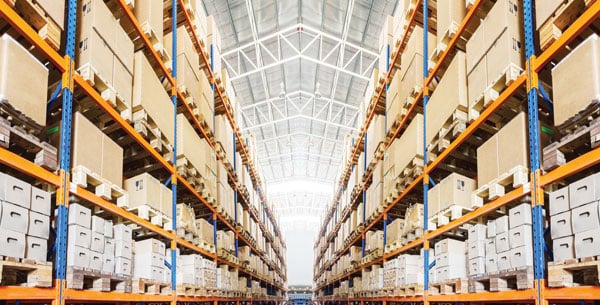Now, instead of a 7-to-1 export-to-import ratio, the Port tells GlobeSt.com that ratio is at 4-to-1. The result is a decrease in the cost of exporting because there is now less need for "dead-heading" -- paying to bring in empty containers. A better balance also helps attract and retain ocean shipping lines and land-based carriers that have had the opposite problem -- more imports than exports -- further increasing Portland's competitiveness as a container port.
The hope is that such incentives, along with new value-added services such as free temporary dock container storage and use of the foreign trade zone, will attract new import distribution facilities on 115 acres at the Rivergate Industrial District being marketed by CB Richard Ellis.
Only 290 acres of the Port's 2,800-acre Rivergate district remain for development, including the 115 that CBRE is marketing. Part of CBRE's marketing campaign is the lands proximity to the Terminal 6 container facility, which may provide an advantage to import distribution operations. CBRE was awarded the listing in January.
"We have not completed any transactions, but there has been interest," says a source at the Port. "And when the down market turns up, we remain one of the few ports in the country that can offer 100-acre contiguous parcels available for development within one mile of its terminal, so we anticipate it won't be long."
Want to continue reading?
Become a Free ALM Digital Reader.
Once you are an ALM Digital Member, you’ll receive:
- Breaking commercial real estate news and analysis, on-site and via our newsletters and custom alerts
- Educational webcasts, white papers, and ebooks from industry thought leaders
- Critical coverage of the property casualty insurance and financial advisory markets on our other ALM sites, PropertyCasualty360 and ThinkAdvisor
Already have an account? Sign In Now
*May exclude premium content© 2025 ALM Global, LLC, All Rights Reserved. Request academic re-use from www.copyright.com. All other uses, submit a request to [email protected]. For more information visit Asset & Logo Licensing.








